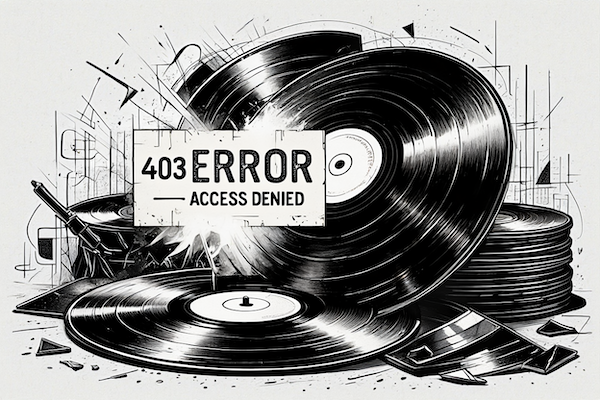
Доступ Запрещен (Access Denied)
Вы заходите через VPN или совершили слишком много попыток доступа
Попробуйте отключить VPN или обратитесь в службу технической поддержки для разблокировки доступа
Служба технической поддержки через Telegram (@marketvinila_support): Написать Через Телеграм
You have made too many access attempts. Contact technical support to unlock access.
Technical Support via Telegram (@marketvinila_support): Send Message Via Telegram